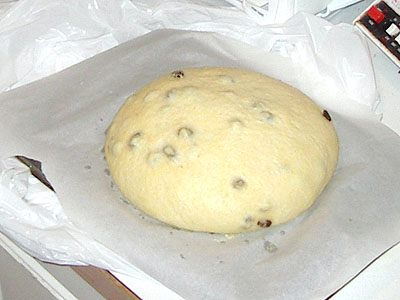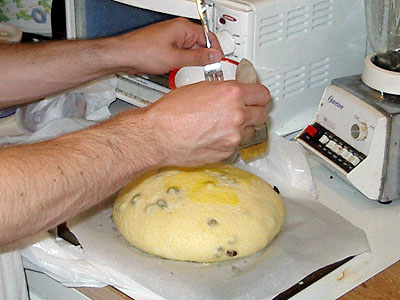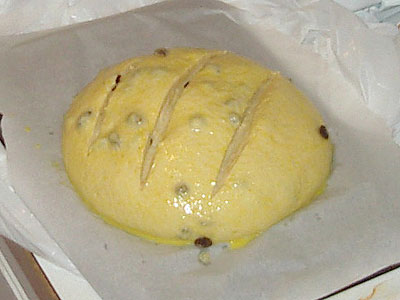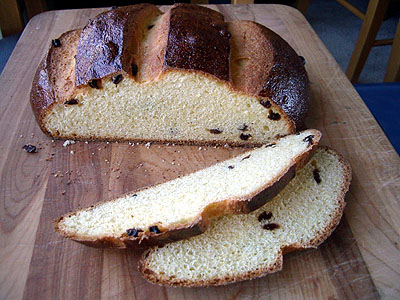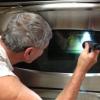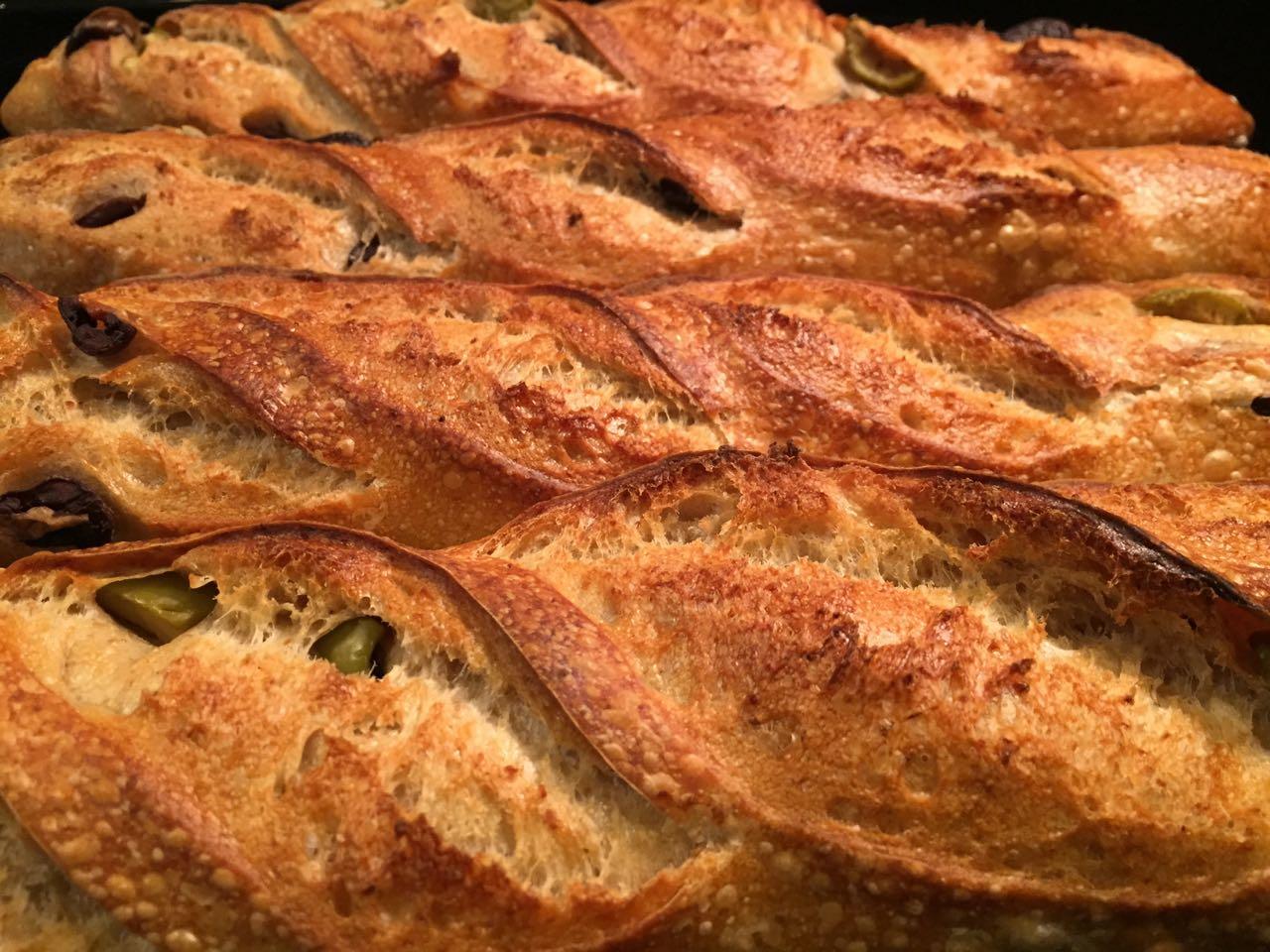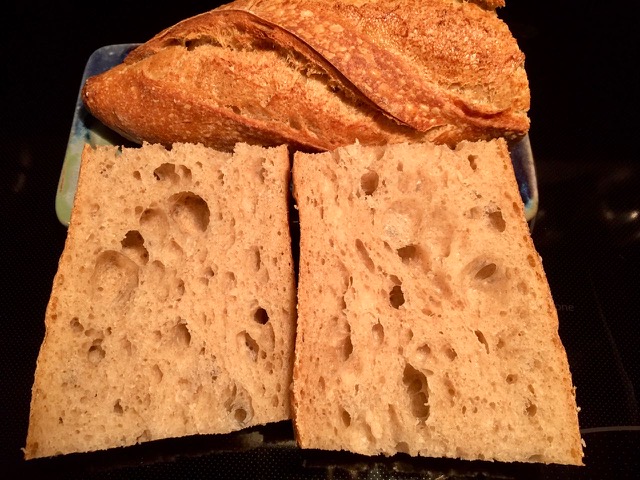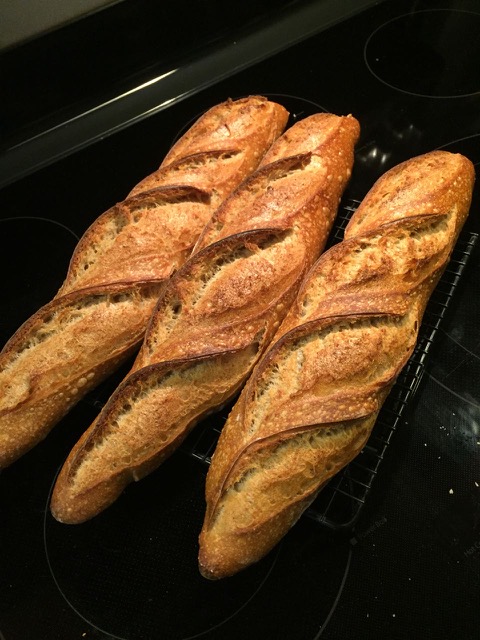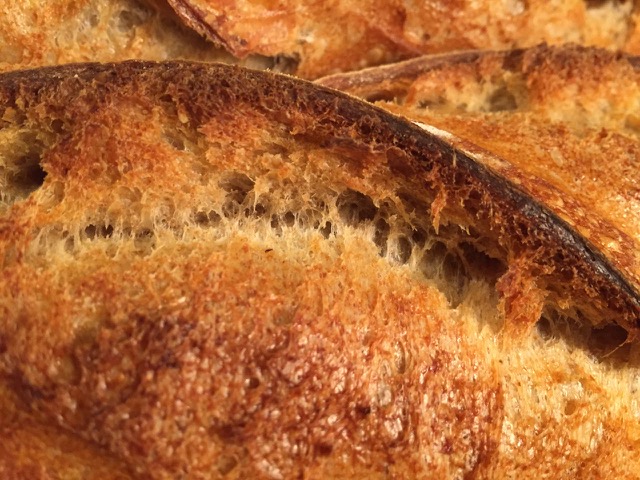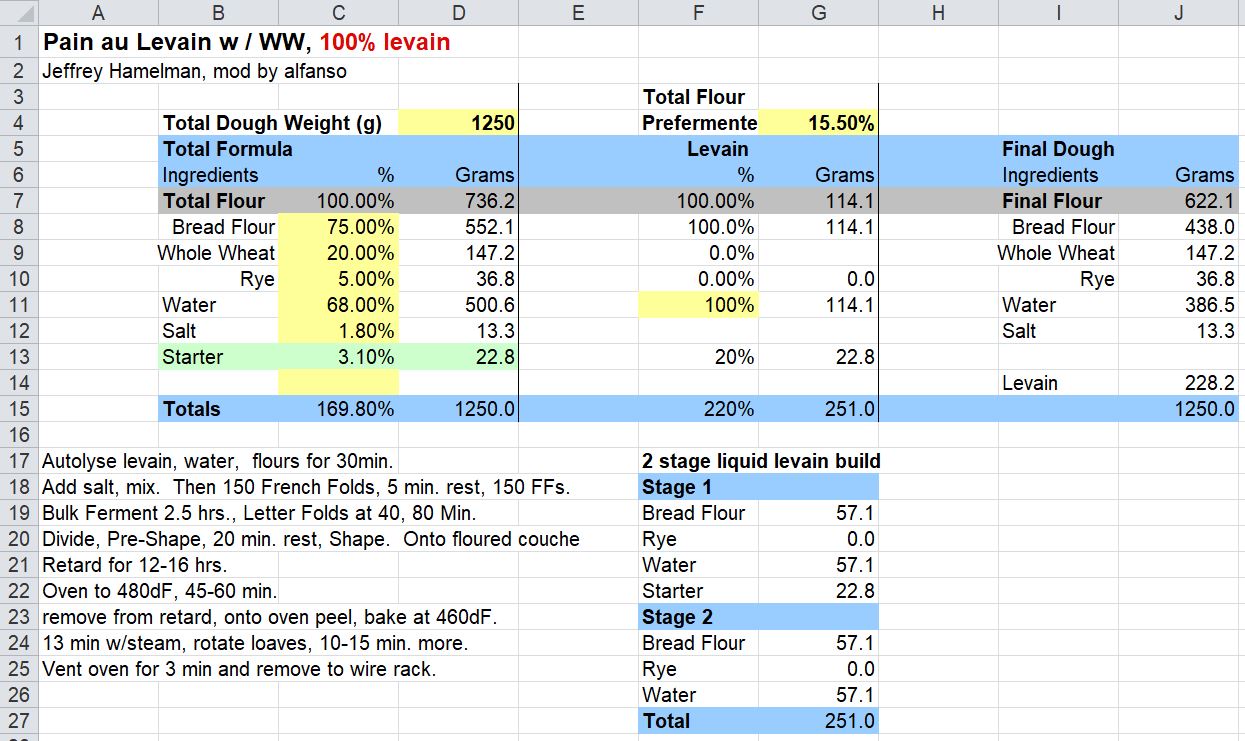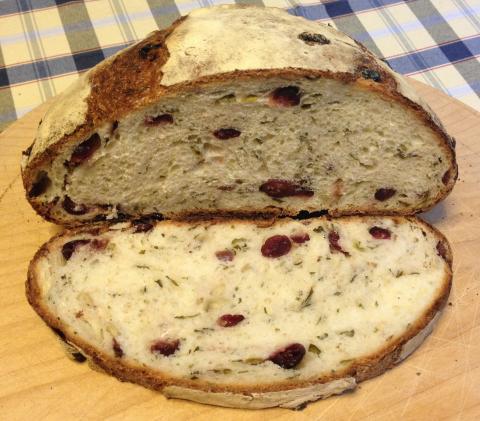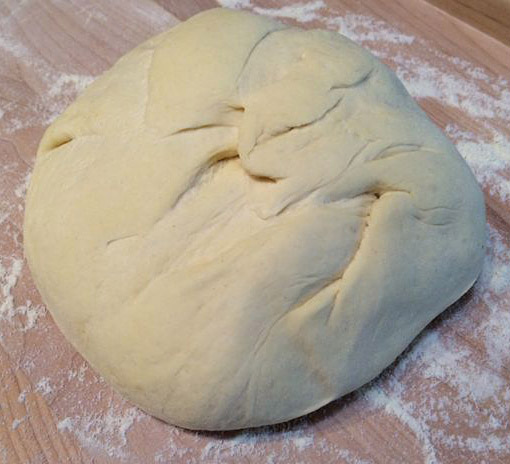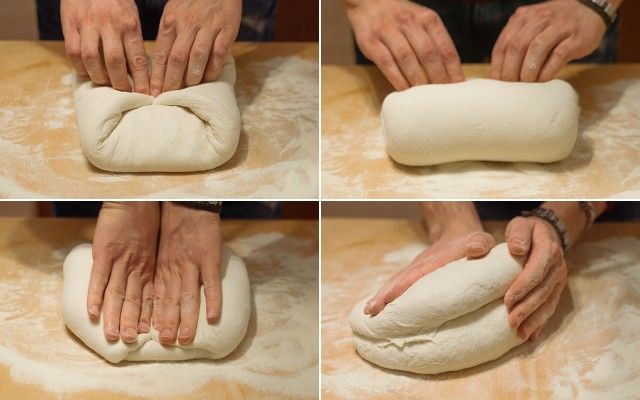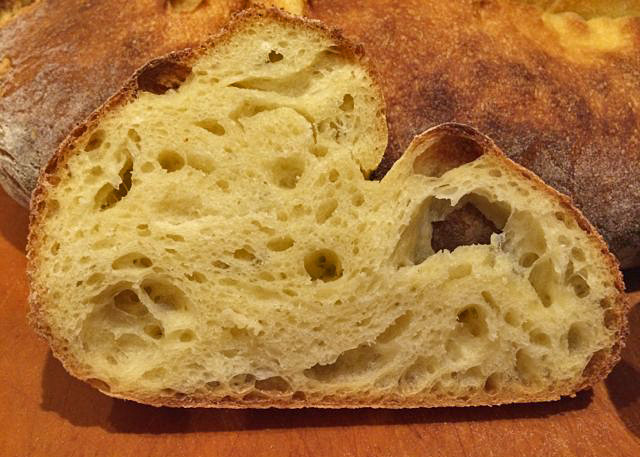
Evolution

Here is an adaptation of an adaptation. The original recipe was featured in a bed & breakfast cookbook, adapted and published by the Boston Globe, and tweaked once again by me.
Cranberry Nut breakfast Rolls
1/4 c orange juice
1/3 c sweetened dried cranberries
1/4 c unsalted butter, melted and cooled
1 c buttermilk or 1 c water + 2 tbsp buttermilk powder
2 eggs
1/4 c granulated sugar
1/2-2/3 c marmalade
1 1/8 tsp salt
2 tsp active dry yeast
3 c unbleached all-purpose flour
1/3 c coarsely chopped roasted pecans
6 tbsp butter, softened
(This is a good place to use up some starter discard if you have it. I used 50 grams firm discard and reduced the liquid by 1/4 c initially, then added a little more during kneading to make a tacky, silky dough.)
1. Combine juice and berries in a small saucepan, bring to a boil, remove from heat and let sit 10 minutes. Drain and reserve liquid.
2.Warm your buttermilk, add yeast to proof, then combine with the melted butter, eggs, 1/4 c sugar, and salt. Stir thoroughly.
3. Add flour and knead til dough comes together. Add cranberries and nuts, continue kneading til dough is smooth and elastic.
4. Let rise til doubled. Grease two 9" cake pans. Divide dough in half. Roll one half into a 12x8 rectangle. Spread with 3 tbsp soft butter, then enough marmalade to cover in a thin, even layer. Roll up from the long side and seal seam well. Cut into 12 even slices. Place the slices cut side down, in one of the cake pans. Repeat with remaining dough. Cover and refrigerate overnight.
5. 30 minutes before bake time, remove from refrigerator and set in a warm place to rise til doubled. Set the oven at 375. If desired, drizzle 1/4 c heavy cream over each pan of rolls. (My Puritan up-bringing would not allow this.) Bake 20-30 minutes, til golden brown.
Icing
1 c powdered sugar
reserved juice
additional milk as needed
Combine, stir, and spoon over rolls. Serve warm.
Note: Not needing, for a family of three, 24 rolls to face first thing on a Saturday morning, I chose to make and bake the same day a small pan loaf with the remaining half of the dough. I spread the dough with butter and marmalade, rolled it without slicing and baked it for about 30 minutes. Lovely. The original recipe did not call for marmalade but a quarter cup of granulated sugar and half an orange's worth of zest. I found the marmalade to donate a fine bit of texture and piquancy.
And with this entry I'm pleased to be part of Bread Baking Day #2.


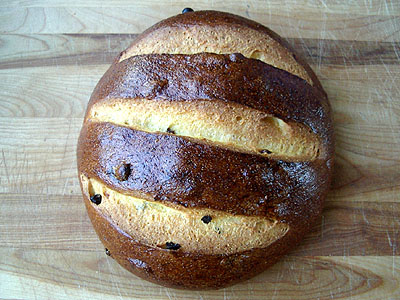 Last week I posted
Last week I posted 